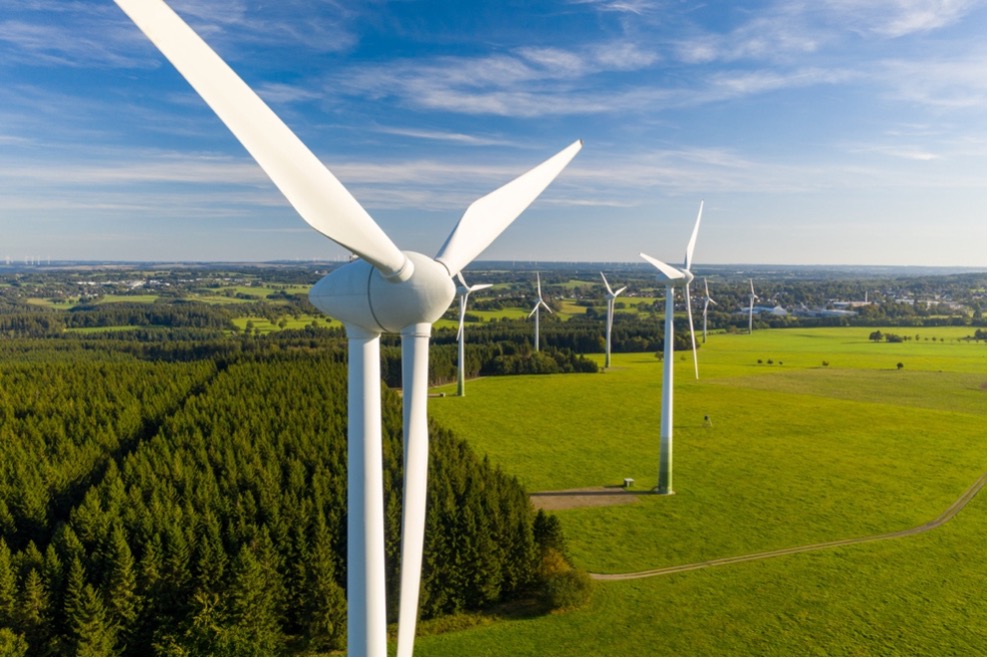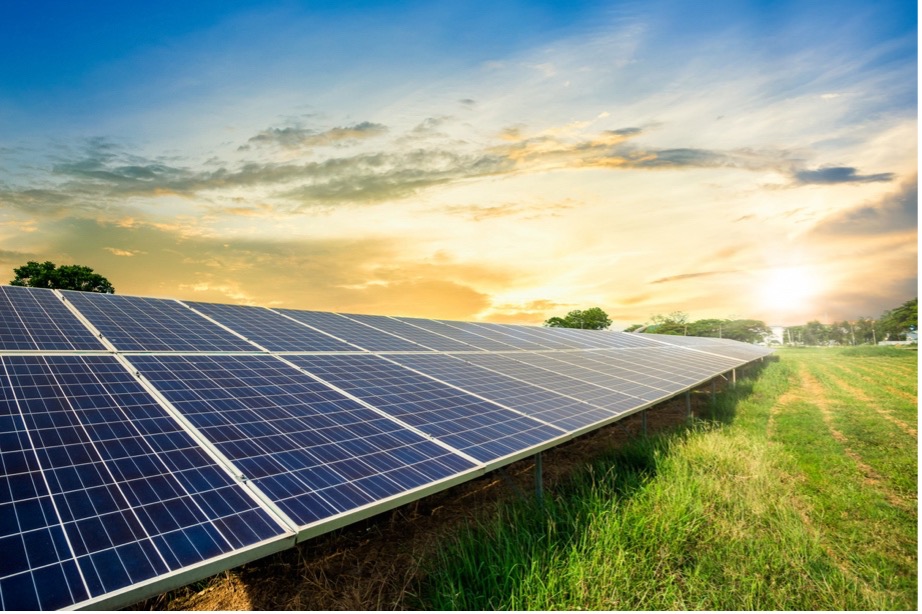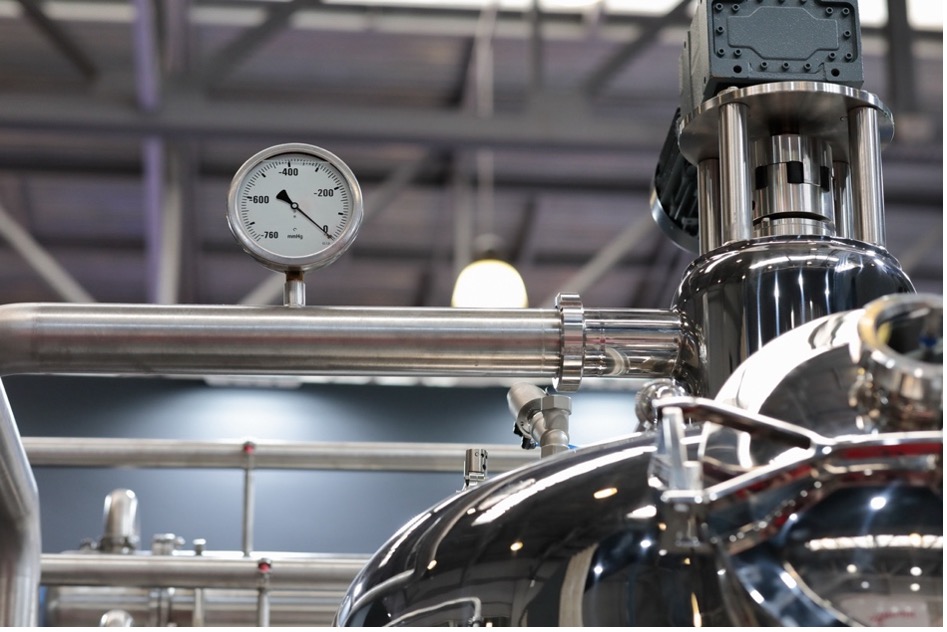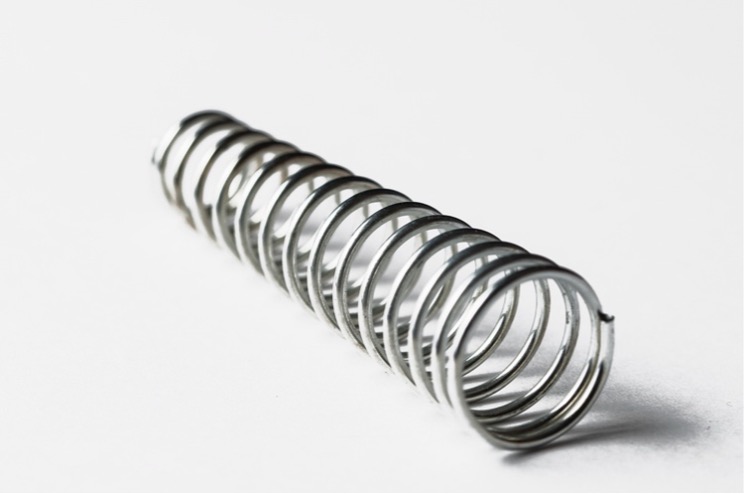Springs and Pressings in the Energy Sector
Updated in July 2024
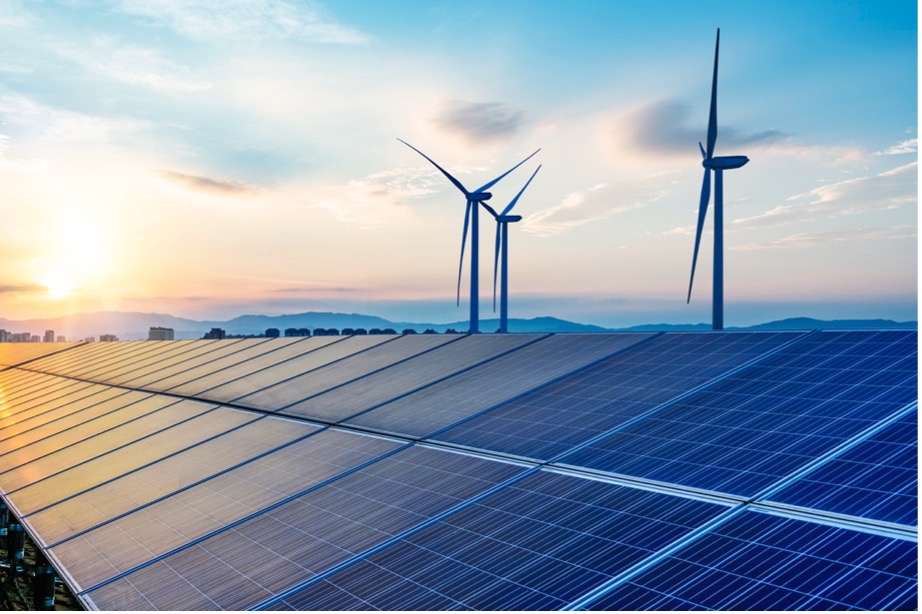
Springs and pressings are often overlooked yet critical components to many applications across many industries. The energy sector is one such area; with its unique dynamism and complexity, it heavily relies on the substantial contribution offered by springs and pressings to ensure the efficient and safe production, distribution, and consumption of energy.
From traditional power plants to advanced renewable energy technologies, understanding the key role of our manufactured springs and pressings, their varied applications, and the unique challenges our designs overcome is indispensable. In this blog, we will take a closer look at how springs and pressings are used in the energy industry.
Powering the Future: Springs in Energy and Renewables
Springs are everywhere in the energy sector and can be found in a wide variety of equipment and machinery. As leading spring suppliers, we are extremely proud to provide over 700 high-quality springs and wire forms throughout the industry, supporting specific applications in electricity, wind, solar, and nuclear power.
But what are the functions springs are successfully employed for? The primary function of springs here is to absorb energy, provide mechanical support, and maintain tension or pressure in systems. In fact, the most common spring types we found in the energy sector are compression springs, torsion springs, and tension springs. Let’s take a closer look at specific applications.
- In power plants, springs are essential in turbines to maintain the precise alignment of blades and absorb vibrations. This results in reduced wear and tear, a longer lifespan for machinery, and continuous, efficient operation.
- In renewable energy, the springs found in wind turbines effectively absorb fluctuations in wind speed so that the blades rotate smoothly.
- In solar power systems, springs track mechanisms that adjust the angle of solar panels throughout the day to make the most of sun exposure. These systems improve and optimise the overall efficiency of solar systems.
Pressings: Precision and Strength in Energy Applications
Pressings are other major players in the energy sector due to their remarkable strength, precision, and versatility. They are chosen when manufacturing components requiring particular durability and resilience, like connectors, brackets, and enclosures essential to various machinery types and critical equipment used in power generation and distribution. In renewables, specifically, pressings enhance both wind turbines and solar panels, making them strong, reliable, and capable of withstanding harsh operational demands.
- In wind turbines, high-strength pressings are employed in the construction of the turbine housing to resist mechanical stresses and harsh environmental conditions.
- Pressings are also key elements in solar panels‘ frames, which hold the photovoltaic cells. These need to be lightweight yet strong enough to support the cells and protect them from the elements.
How Springs and Pressings are Essential to Improve Safety
Due to the sector’s nature, safety is a paramount concern; here, both springs and pressings are real enhancers, and we find them in different types of mechanisms to prevent equipment failure and other potential risks. For example, in pressure relief valves, critical in both traditional power plants and renewable energy systems, springs are calibrated to maintain the correct pressure levels and prevent over-pressurisation, which could lead to terrible catastrophes.
Pressings are just as important. Their precision and strength are paramount to make protective measures effective and resistant. In fact, these components are designed to protect sensitive equipment from dangers like physical damage, environmental hazards, and unauthorised access. In particular, in electrical systems, pressings are successfully employed to produce enclosures that prevent electrical shorts and fires, ensuring safety and reliability.
Advanced Materials to Enhance Efficiency and Durability
Like in many other industries, in the energy sector, whatever type of energy is used, cost savings and reduced environmental impact are two of the most important aspects to consider. Thanks to the innovative materials they are made of, springs and pressings emerge as fundamental to improving the performance and durability of energy systems.
Advanced materials in spring manufacturing, such as phosphor bronze, beryllium copper, and super alloys like Inconel, Hastelloy and Nimonic, have created lighter, stronger, and more resilient springs and pressings, resulting in machinery and systems operating more efficiently and with less maintenance.
Durability is another crucial aspect, which results from a series of in-depth, thorough tests for factors like stress, temperature, relaxation, and fatigue. A durable spring must maintain its force and resist deformation under load, ensuring better functionality.
To achieve this, all springs initially undergo elastic deflection, returning to their original shape after load removal and avoiding plastic deflection that causes permanent deformation. Addressing these through advanced engineering increases the reliability and efficiency of springs and, subsequentially, of energy systems, leading to longer lifespans and reduced maintenance costs.
Need High-Quality Springs and Pressings? Choose European Springs IE
With over 70 years of experience as a leading spring manufacturer, we have the right expertise to provide a wide range of springs and pressings to suit any application across a variety of industries, including the energy sector. All of our compression springs are quality-assured and comply with ISO 9001 standards. Whether you’re looking for a specific body size, force, length, pitch, or wire diameter, we can provide you with spring dimensions from 0.1 to 65 millimetres for your individual use.
Download our stock catalogue, and if you need more information about our services or products, please feel free to contact us; we will be happy to assist you.
